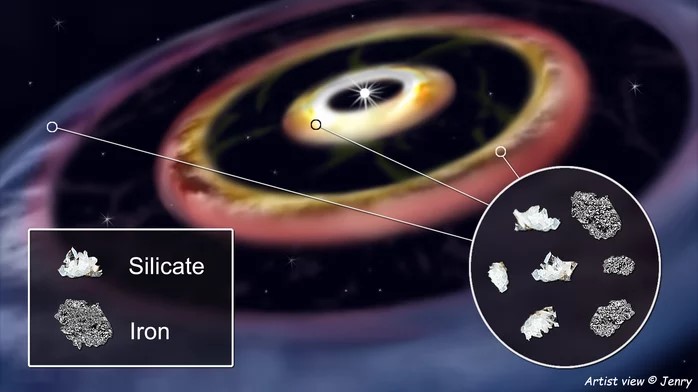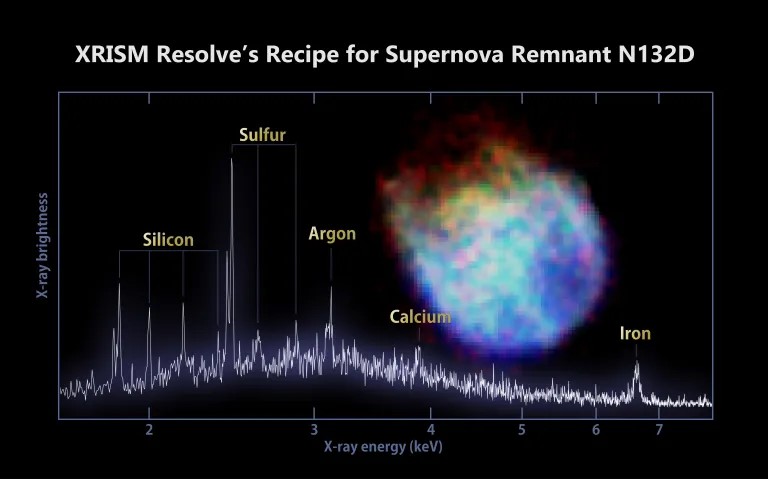Studying a Fiery Exoplanet That Potentially Devoured its Smaller Neighbor
The research team, led by the Université de Montréal, in collaboration with NYU Abu Dhabi Research Scientist Mohamad Ali-Dib, has conducted a comprehensive study of the scorching hot exoplanet WASP-76 b. Published in the journal Nature, the study utilized the MAROON-X instrument on the Gemini-North Telescope to analyze the planet's atmosphere and measure the abundance of 11 chemical elements. Remarkably, these elements include those typically found in rocky formations, which are rarely observed in giant planets like Jupiter or Saturn in our own Solar System. By examining these chemical abundances, scientists gain valuable insights into the planet's formation and evolutionary history. Intriguingly, anomalies in the elemental abundances led the researchers to propose that WASP-76 b might have consumed a smaller planet with a composition similar to that of Mercury.

Figure 1. WASP-76 b.
Figure 1 shows The ultra-hot giant exoplanet WASP-76 b, studied here, is an extremely hot world orbiting very close to its giant star. Mohamad Ali-Dib, who contributed to the data modeling process, remarked on the significance of the findings: "This groundbreaking study provides the first precise measurements of chemical elements such as nickel, magnesium, and chromium in any giant planet. The deviations from expected values led us to theorize that WASP-76 b potentially underwent a process of accretion, ingesting a smaller planet resembling Mercury in its chemical composition."
Situated approximately 634 light-years away in the Pisces constellation, WASP-76 b orbits a massive parent star. The exoplanet experiences scorching temperatures exceeding 2000°C due to its close proximity to the star, positioning it roughly 12 times closer than Mercury is to the Sun.
The extreme heat causes various elements that typically form rocks on Earth, including magnesium and iron, to vaporize and exist in gaseous form within the upper atmosphere. Studying this extraordinary exoplanet allows researchers to gain unprecedented insights into the presence and abundance of rock-forming elements in giant planets. In colder gas giants like Jupiter, these elements are found in lower atmospheric layers and remain undetectable.
Additionally, the research team discovered that the composition of giant exoplanets' upper atmospheres can be highly sensitive to temperature, even in the case of exceptionally hot planets like WASP-76 b. Depending on the temperature at which an element condenses, it either remains in gaseous form in the upper atmosphere, absorbing light and becoming visible to astronomers, or condenses into a liquid state and sinks to deeper layers, rendering it invisible to observations. This phenomenon elucidates why certain elements, such as titanium and aluminum, were not detected in the study.
Source: EurekAlert
Cite this article:
Hana M (2023), Studying a Fiery Exoplanet That Potentially Devoured its Smaller Neighbor, AnaTechMaz, pp. 3















